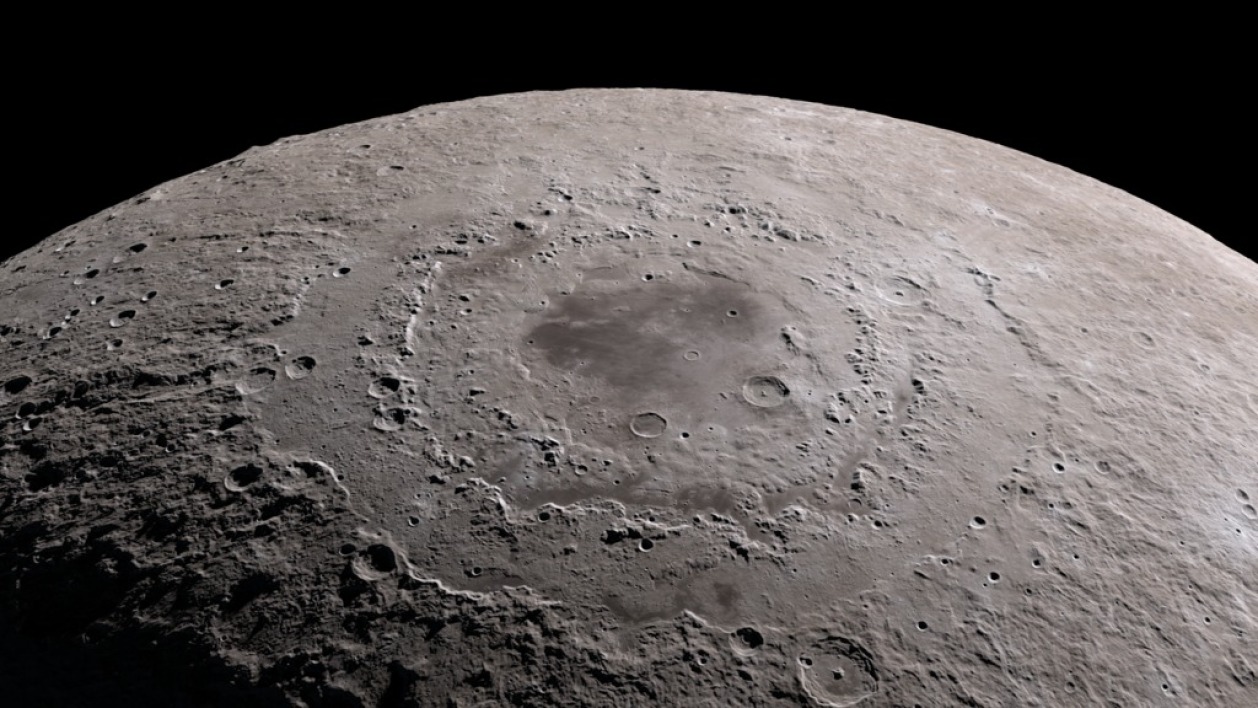One Rogue Rocket Is On A Collision Course With The Moon

A rocket launched in 2015 is anticipated to crash with the moon within the next few weeks. The fast-moving space debris is the upper stage of a SpaceX Falcon 9 rocket, which sent the Deep Space Climate Observatory satellite into orbit. After that, it has been circling about the Earth and the moon in a haphazard manner.
Bill Gray, an asteroid hunter, has been following the 4-tonne rocket since its launch. He discovered this month that his orbit-tracking software predicted the launcher would crash on the moon on March 4 at a speed of over 9,000 kilometers per hour. The impact will most likely happen on the moon’s far side, so it won’t be observable from Earth.
Accidents have occurred as a result of failed missions, such as the Israeli Beresheet lander in 2019. This was particularly contentious because the lander was carrying a secret payload of dried tardigrades, small animals that could be resurrected by water. In 2012, the NASA Ebb and Flow spacecraft were intentionally crashed into the lunar south pole to prevent causing any damage to the Apollo landing sites. They collided at a speed of 6,000 kilometers per hour, leaving craters 6 meters in diameter.
The Falcon 9 rocket stage is substantially larger and faster than the small Ebb and Flow ship. The impact will create a considerably bigger crater, which will throw rock and dust into the air. Dust can travel a long way in this airless world before settling.
The US Ranger 4 probe, which crashed in 1962, and China’s Chang’e 4 lander and Yutu 2 rover are the only other spacecraft on the moon’s far side. If the rocket stage crashes on or near these old spacecrafts, it could cause harm to them. This is extremely unlikely, however. According to current projections, it will crash into Hertzsprung crater, a considerable distance away from the Aitken basin, where Chinese spacecraft are currently functioning.
Meteors strike the moon on a regular basis. In many aspects, the Falcon 9’s impact will be similar to that of the previous spacecraft. What’s noteworthy about it is how it serves as a litmus test for shifting public perceptions about our duties to the environment in space.
The public expects space authorities and private enterprises to be accountable. As plans for moon mining and settlement advance, it’s hoped that this message will be received.
0 comments